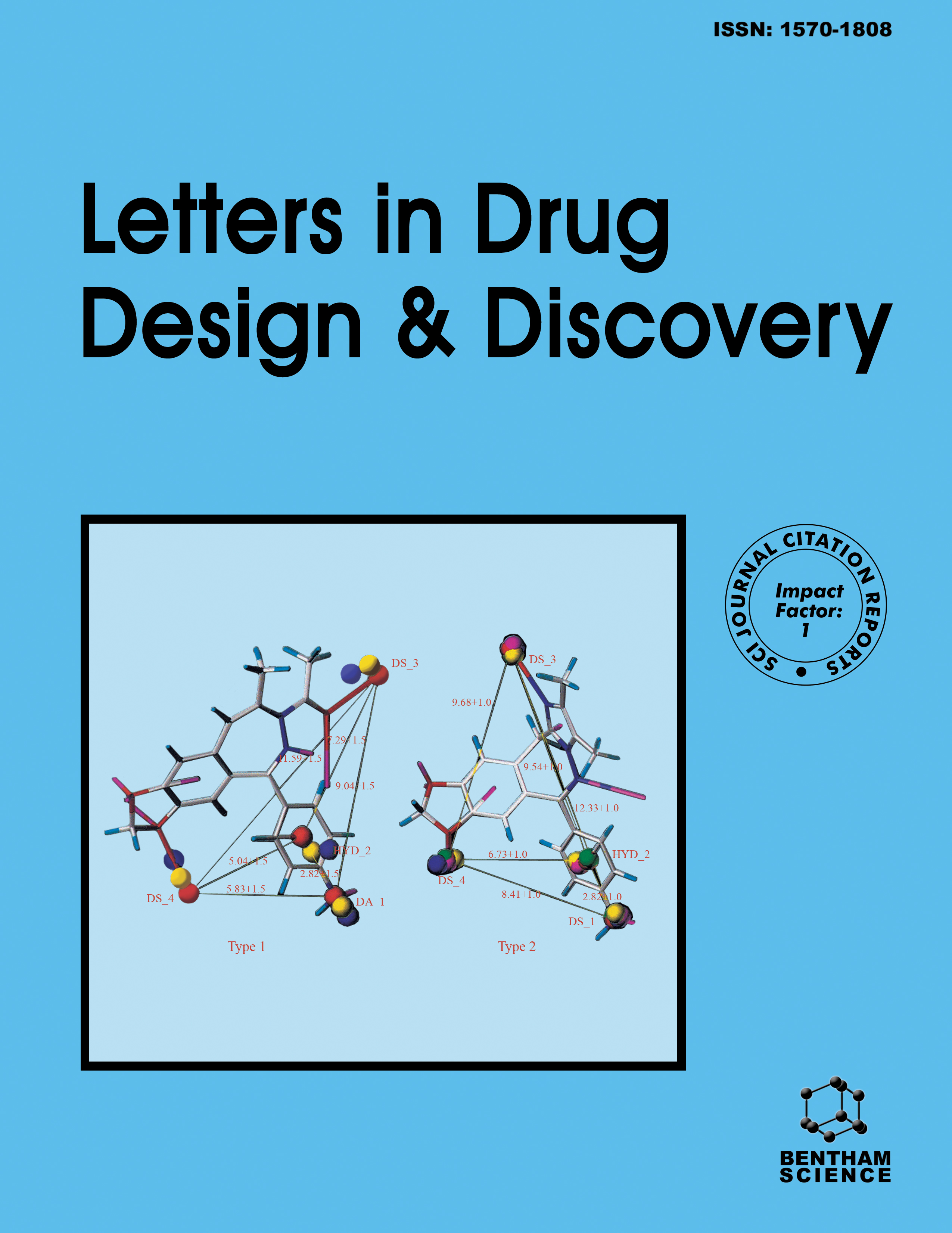-
oa Ginsenoside Compound C Targets Prediction for Intervertebral Disc Degeneration Treatment
- Source: Letters in Drug Design & Discovery, Volume 21, Issue 19, Dec 2024, p. 4882 - 4893
-
- 04 Nov 2024
- 11 Dec 2024
- 08 Jan 2025
Abstract
Intervertebral Disc Degeneration (IDD) is a major cause of lower back pain. Ginsenoside compound C (GCC) has shown potential in treating IDD, but its specific targets and mechanisms remain unclear.
This study aimed to investigate the potential molecular mechanisms of GCC in the treatment of IDD using network pharmacology and molecular docking approaches.
Public databases were utilized to identify 100 targets related to GCC and 20,757 targets associated with IDD, of which 96 common targets were determined through cross-analysis. A Protein-Protein Interaction (PPI) network was constructed using the STRING database, and key gene clusters were identified. Gene Ontology (GO) and Kyoto Encyclopedia of Genes and Genomes (KEGG) analyses were performed to explore the biological processes and pathways involved. Molecular docking was conducted to verify the binding of GCC to key proteins.
Six key genes, including HSP90AA1, CASP3, MAPK1, EGFR, HIF1A, and PIK3CA, were identified as central to the PPI network. GO analysis suggested that GCC's targets are involved in intracellular processes, while KEGG analysis highlighted the IL-17 and TNF signaling pathways. Molecular docking confirmed stable binding between GCC and key proteins, with binding energies ranging from -3.58 to -2.01 Kcal/mol.
GCC may inhibit the IL-17 and TNF signaling pathways by interacting with key proteins, potentially contributing to the treatment of IDD.


